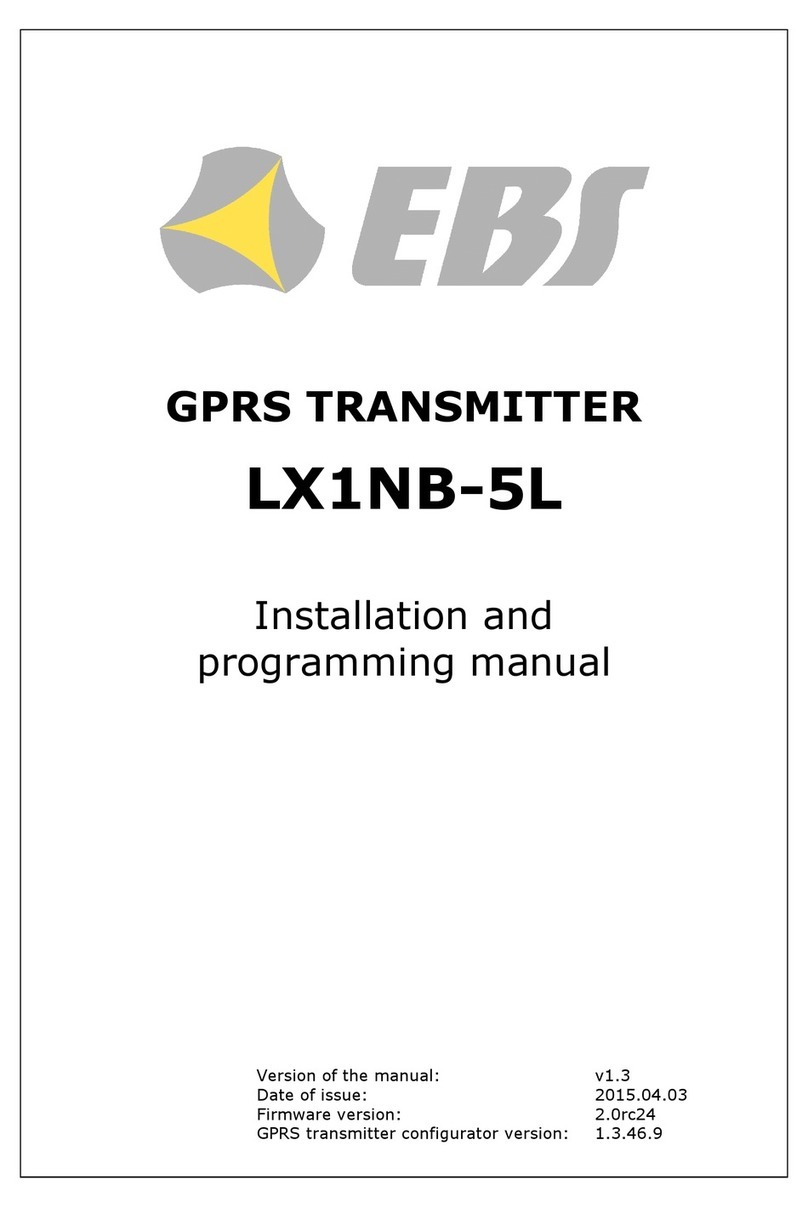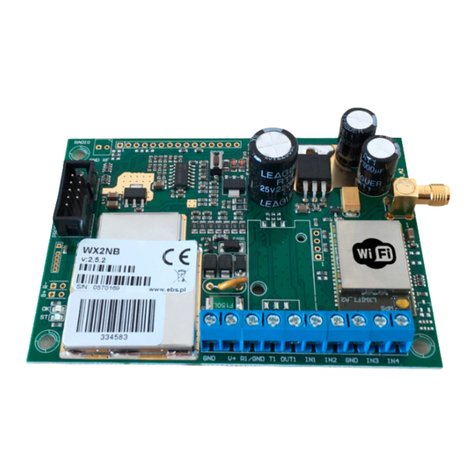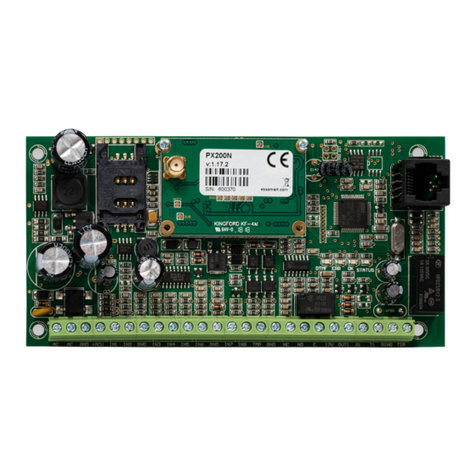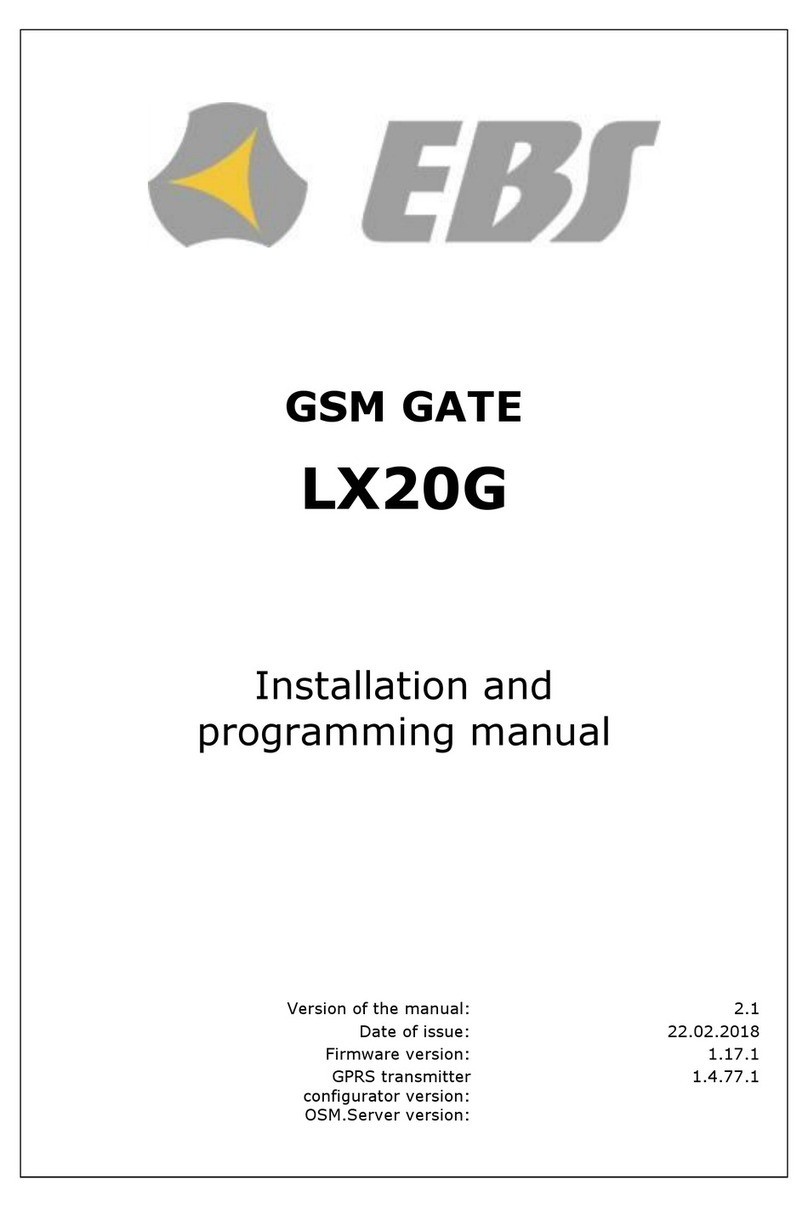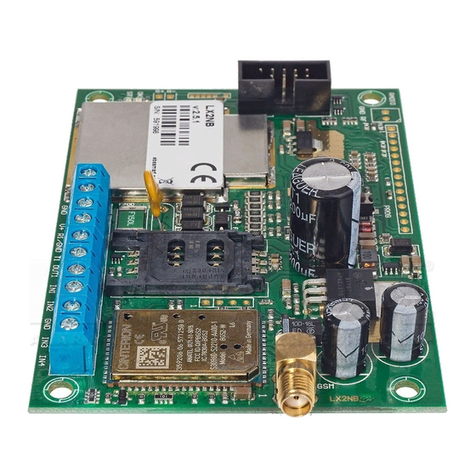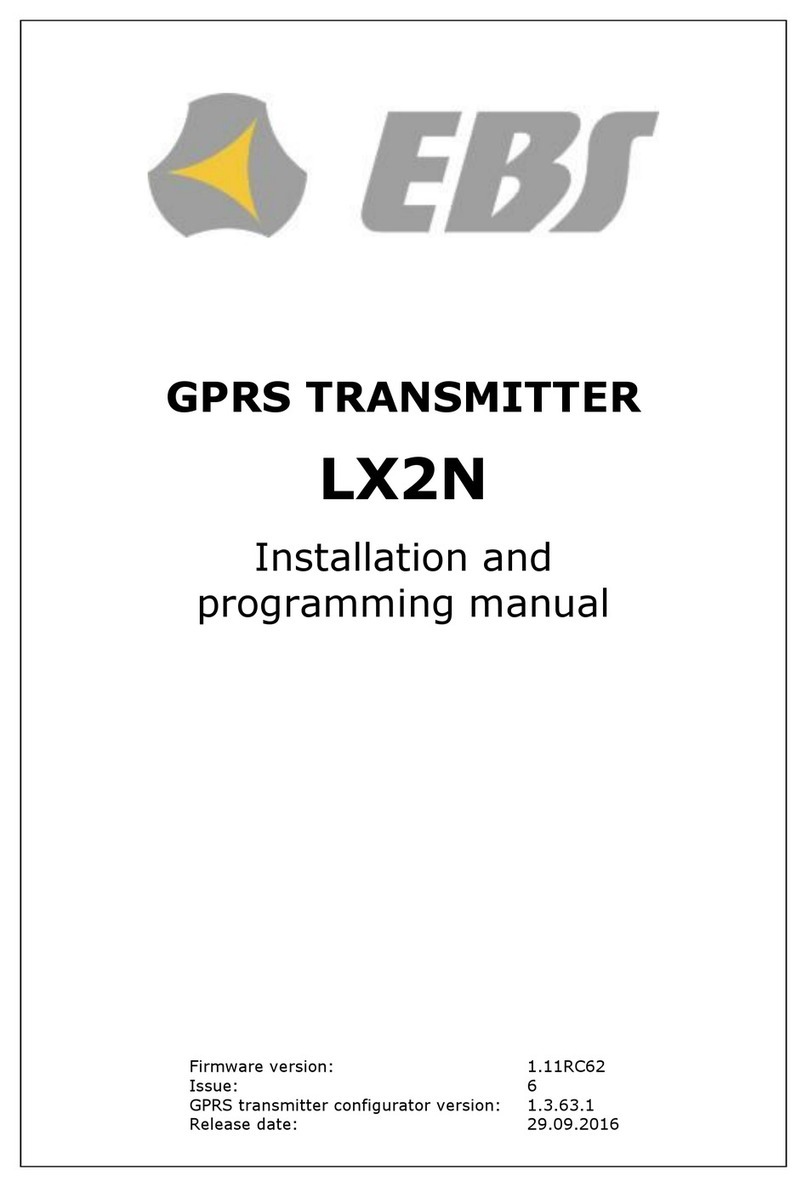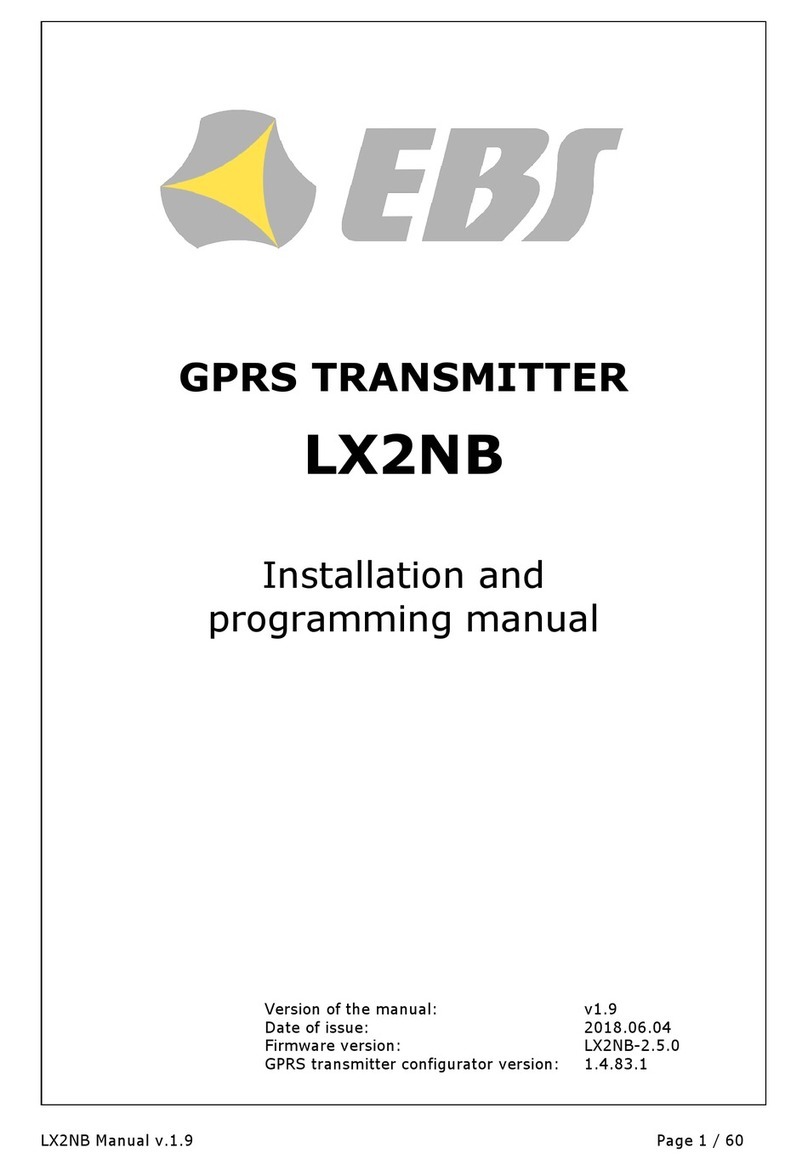
7.1.4.1. IP server address ................................................................. 26
7.1.4.2. Server port.......................................................................... 27
7.1.4.3. Interval between subsequent connection................................. 27
7.1.4.4. Number of connection attempts ............................................. 27
7.1.4.5. Disconnect after time limit..................................................... 27
7.1.5. Access ...................................................................................... 27
7.1.5.1. Service code........................................................................ 27
7.1.5.2. Installer code....................................................................... 27
7.1.5.3. PIN of SIM card.................................................................... 27
7.2. TRANSMISSION ............................................................................... 28
7.3. INPUTS/OUTPUTS............................................................................. 28
7.3.1. Inputs configuration ................................................................... 28
7.3.1.1. Input mode ......................................................................... 29
7.3.1.2. Sensitivity ........................................................................... 29
7.3.1.3. Locks.................................................................................. 29
7.3.2. Partitions .................................................................................. 30
7.3.2.1. Partition arming input ........................................................... 31
7.3.2.2. Inputs assigned to partitions ................................................. 31
7.3.2.3. Delayed inputs..................................................................... 31
7.3.2.4. Exit time ............................................................................. 31
7.3.2.5. Entry time ........................................................................... 32
7.3.3. Outputs..................................................................................... 32
7.3.3.1. Activation mode and timing ................................................... 32
7.3.3.2. Conditions ........................................................................... 32
7.3.3.3. Additional conditions............................................................. 33
7.3.4. Advanced outputs control ............................................................ 34
7.3.4.1. Output 1 / Output 2.............................................................. 34
7.3.4.2. Time of output activation ...................................................... 35
7.3.4.3. Event: CLIP ......................................................................... 35
7.3.4.4. Event: Input 9 (RC) and Input 10 (RC) ................................... 35
7.4. MONITORING................................................................................... 35
7.4.1. GPRS On / GPRS Off ................................................................... 35
7.4.2. SMS On / SMS Off ...................................................................... 36
7.4.3. Skip initial state ......................................................................... 36
7.4.4. Power loss................................................................................. 36
7.4.5. Event: CLIP ............................................................................... 37
7.4.6. Event: Input 9 (RC) and Input 10 (RC) ......................................... 37
7.4.7. Sleep when the battery voltage less than ...................................... 37
7.5. RESTRICTIONS ................................................................................ 37
7.5.1. SMS Authorized phones .............................................................. 38
7.5.2. GSM modems authorized phones.................................................. 39
7.5.3. Validity period of outgoing SMS messages..................................... 39
7.5.4. SMS limits ................................................................................. 39
7.6. SMS NOTIFICATIONS........................................................................ 40
7.6.1. Phone numbers.......................................................................... 40
7.6.2. Events ...................................................................................... 41
7.6.2.1. SMS user tests..................................................................... 42
7.6.3. Status....................................................................................... 43
7.6.4. SMS Forward ............................................................................. 44
7.7. LINK CONTROL ................................................................................ 45
